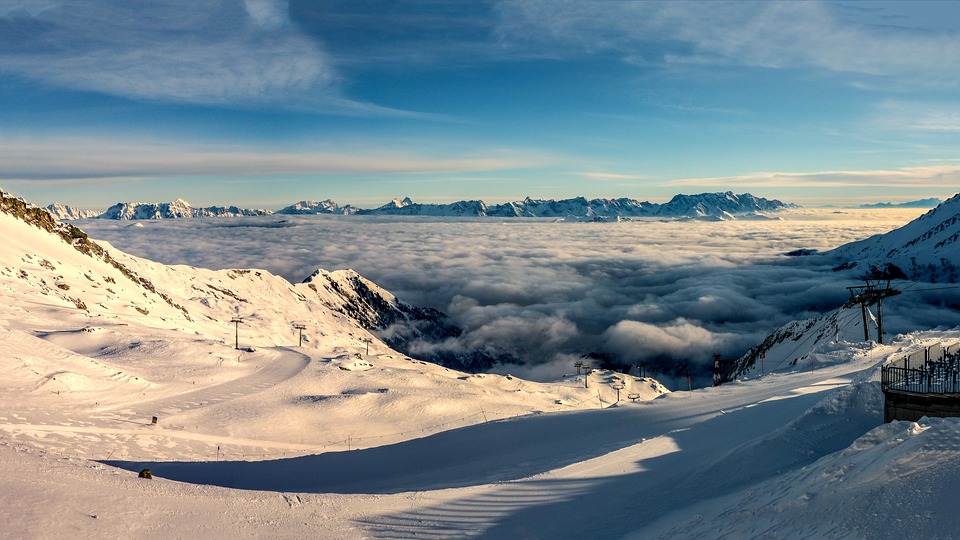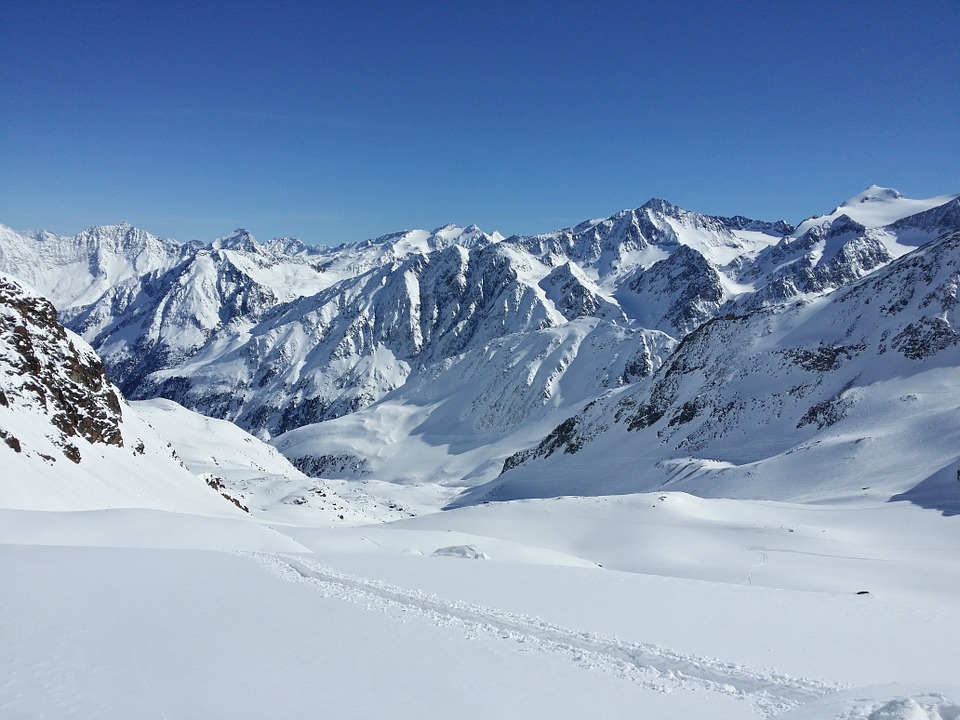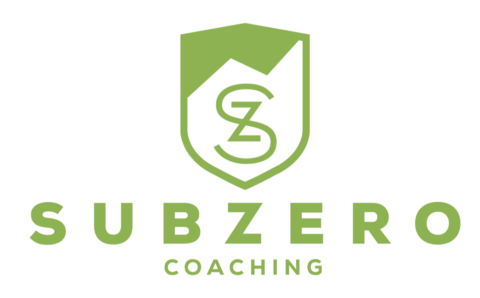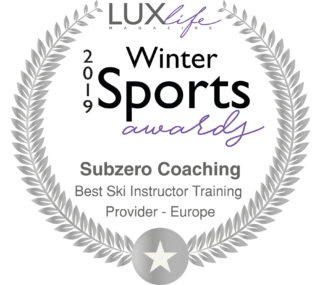Different Ski Instructor Qualification Pathways

In this article, we present the how the different ski instructor qualifications are structured.
Overall we can split the pathways into two types:
- multi-level
- single level
The majority of all the associations throughout the world follow a multi-level structure, with at least 3 levels before reaching the fully qualified status. Below, we offer a guideline on how these two styles of qualification work. Alongside that, we’ll try to explain why some associations have chosen one method over the other. Most importantly we look at the implications of those choices.
To read more about what ski instructor associations are you can start from our dedicated page on Ski Instructor Qualifications. You can also find other information on the Ski Instructor Recruitment page.

Multi-level Ski Instructor Qualification Pathway
The multi-level system splits the education into 3 or 4 stages. Therefore to become fully certified you have to work your way up, passing each level.
Level 1 and 2
The first level is the entry gate to the pathway. Holding Level 1 will generally enable you to teach indoor or under the direct supervision of an established ski school. The second level is another step ahead in the education system (and in the exams and criteria). It will enable you to work outdoors but with limits on what you can teach (beginner and intermediate skiers). Gaining a wide teaching experience and keeping your knowledge up to date, is what can make the difference between a good lesson and a bad one. The earlier you start increasing your knowledge and teaching experience, the better it will be for your career.
Level 3 and 4
The third and fourth level of the education systems are generally more internationally recognised and should make finding jobs a little easier.
Of course with that comes a higher expectation from the employer and higher standards in the exams of the education system itself. The level 3 exams will become more varied, with modules including:
Second Discipline (Telemark, Nordic, Snowboard and in some cases, Adaptive)
Mountain Safety
Freestyle/Racing modules
Second Language test
written tests and theory courses/exams
as well as the Technical and Teaching exams on skis.
Systems with the Level 4 will ask candidates to provide further proof of teaching and technical skills through a Level 4 Tech and Teach Exam. As well, this level generally also includes racing a Giant Slalom test, with openers that set the passing time (Euro-test or ISIA-test). As well as undertaking the Euro Securité module. Generally speaking at the Level 3 stage instructors can receive the ISIA Stamp status. At the level 4, they will gain the ISIA Card status.
Why choose a multi-level system?
From an instructor’s point of view, having a multi-level system is an advantage in the short term, as it allows you to start working pretty early in your education pathway. We specified short term because it is a somewhat double-edged knife. The more instructors fill the market the lower the wages could fall.
However, being able to start teaching early does give the instructor a chance to gain fundamental teaching experience. Through this experience, you can test the reality of the job and decide if pursuing the higher ski instructor qualification levels is a challenge you wish to take on. Furthermore, the level 1 and 2 can be achieved in a single season, therefore there is not a huge amount of sacrifice to be made.
To sum up the Pros:
– easy to access education system
– flexible dates and education pathway
– early chance to start working
– early chance to understand if ski teaching is for you in the longer term
– low economical and time commitment
– opportunity to gain useful experiences in the process
Negatives of the multi-level option?
We mentioned previously the reducing wage of lower qualified instructors. Moreover, there becomes a chance of getting ‘stuck halfway’ through the system. Many reach their level 2 and stop for one reason or the another. However, we believe instructing offers a worthwhile salary when fully certified and is unsustainable longterm with half a qualification.
Another downside is the timeline of education. In many cases, with a lack of structure or for personal reasons, it becomes very easy for an individual to spend (too many) years becoming fully qualified. Due to this, people are spending thousands on education and missing opportunities, only just reaching the “starting point” of their career.
The last difficult issue is the drop out ratio. In any business, if employee turn over is high, overall pay rate can easily drop, along with the status of that professional figure. In addition, when a qualification is easily achieved it drops in perceived value.
To sum up the Cons of a multi-level system:
– high risk of decreasing the pay rate
– 2/4s qualified professionals
– high risk of extensive education time
– high risk of dropping the status of the professional figure
As we mentioned before, pretty much all associations (all gathered in ISIA) follow this system. Everyone besides the two that follow, which we will be using just as an example.

Single Level Ski Instructor Qualifications Pathways
ESF (French) and AMSI (Italian) actually use a different structure in their education systems. To start with ESF actually has two levels, as you can start teaching after a short course and passing the Test Technique (slalom race). While through AMSI you cannot teach until you have completed the full education.
Both systems are structured around a simple difference from the others: the admittance test.
Once you pass a GS race test and few more demonstrative runs (AMSI) you can join the education. Just like many other professions across the world. With that comes a different approach to the business and the professional figure. By selecting people through a technical test they (in theory) allow the rest of education to focus on the teaching aspects. Hopefully making great teachers and professionals. Furthermore, because there is an entry criterion, the professional figure should be highly regarded. With that an increase in the average salary and job safety.
To sum up the pros:
– higher chance to focus more on teach and customer care training during education time
– professional figure more protected
– wage protection
The entry test system works only in a high demand market. In markets (or countries) where skiing is not so popular a system like this could not exist. No one would feel the need for it! But in some places, there is a high demand (or desire) to become an instructor. This works similarly to studying medicine. Due to the high demand and high application rate. Universities fill the course with only the best candidate by testing their existing skills and aptitude.
On the negative side?
The difficulty of such systems is the problem of a technical test. If the job is teaching and demonstrating basic skills, do I really need to be mastering skills that I will never use in front of clients?
On the other hand, a client will never be heard complaining about an instructor being too qualified for the job.
Also, instructors in these systems don’t compete in the market during their education. Consequently, they might not realize what the job actually means. The economic and time commitment is also pretty high, as a big chunk of money and time is needed to make it happen.
In the cons list:
– instructor’s skills vs client needs
– no chance to “test” the profession out or gain first-hand experience before fully committing
– high economic investment
– high time investment
Which ski instructor qualification system is better?
It solely depends on you and your needs. If you are sure of your choice, you already have a ski racing background and you speak the language of the course, then the single level is best.
If you don’t have a racing past, you are keen to try ski instructing as a profession and have limited funds and time, then the multi-level system is for you. For those in the middle, interested in getting fully qualified as quickly as possible, then either could work for you. Depending on your personal characteristics obviously. If what you need is structure but you are going for multi-levels, make sure you have a coach that takes that responsibility to help you!
Stay tuned, new articles are coming out with more details on every education system!

If you want to become a ski instructor visit this page! If you are already qualified and looking to progress through the levels, take a look here.
